By Tushna Commissariat and Sarah Tesh at LIGO Livingston, Louisiana, US
Being a journalist can be a busy and often stressful job, especially as deadlines loom fast and furious. But one of the best perks of the job is the chance to meet some amazing people and visit some of the best scientific facilities in the world. As most regualr readers of Physics World will know, we – Sarah and Tushna – have been in New Orleans, Lousiana for the APS March Meeting 2017. And it just so happens that about a two-hour drive away from New Orleans lies one half of one of the most advanced experiments in the world – the Laser Interferometer Gravitational-wave Observatory (LIGO) at Livingston.
One of the biggest scientific discoveries of the past century was made by the LIGO Scientific Collaboration last year, when it made the first ever direct observations of gravitational waves. Indeed, the collaboration won our 2016 Breakthrough of the Year award for its revolutionary work.
On Thursday we headed out to Livingston in the Baton Rouge area of Louisiana, where the sprawling LIGO complex lies hidden away in dense woodland, with its interferometer’s 4 km arms stretching out into the distance. Our host for the day was LIGO’s Amber Stuver, who showed us around the whole facility, drove us down the arms, introduced us to the many scientists on campus and even let us play in the exhibit space full of science experiments and demos for kids!
Take a look at some of our pictures of the facility and keep an eye out for videos and a feature in our special report on the US later this year.
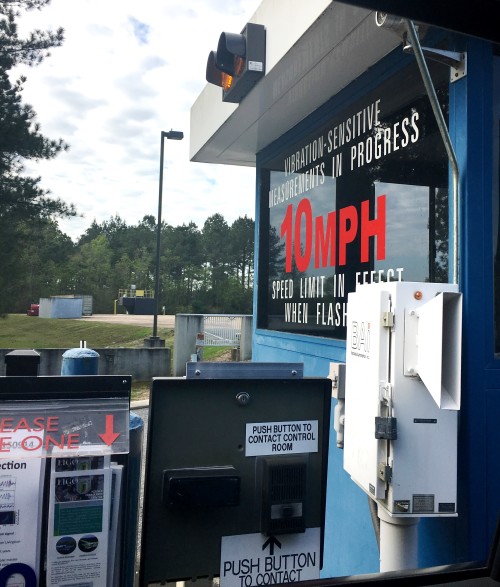
Slow and steady: creeping up the drive to the facility when the interferometer is running. (Courtesy: Tushna Commissariat)
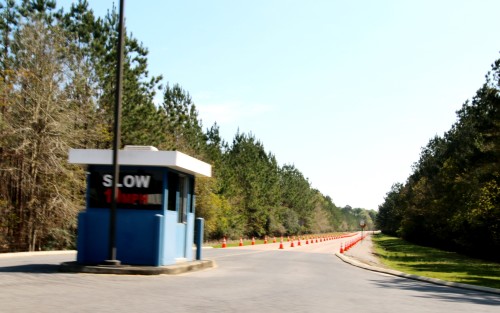
Snail’s pace: flashing lights and a row of cones guide you slowly up the road/ (Courtesy: Tushna Commissariat)
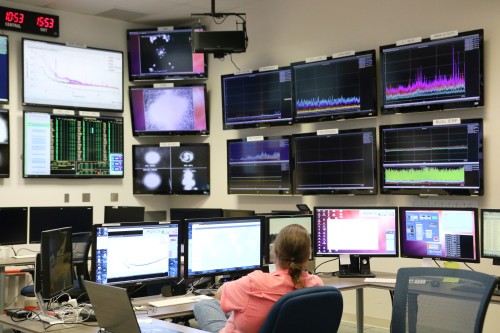
Watchful: Michael Fyffe, the lead operator, surveys the command centre, keeping an eye out for earthquakes and ocean waves. (Courtesy: Tushna Commissariat)
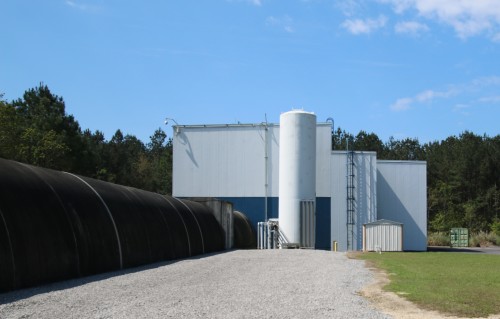
X marks the spot: the far end of the X arm, which houses the mirrors to bounce back the laser light. (Courtesy: Tushna Commissariat)
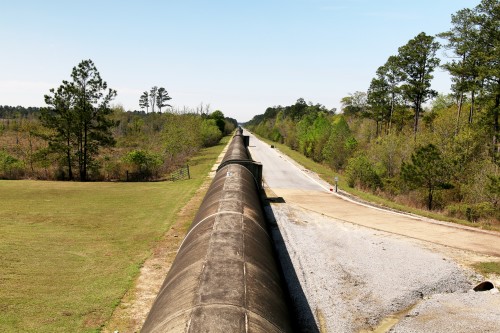
Long arm of LIGO: the X arm of the interferometer stretching away into the distance. (Courtesy: Tushna Commissariat)
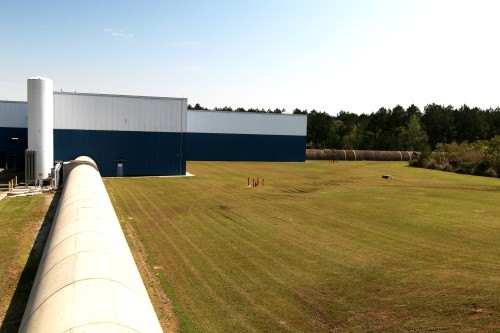
Two become one: The main block, containing the beam-splitter from which LIGO’s X and Y arms extend. (Courtesy: Tushna Commissariat)
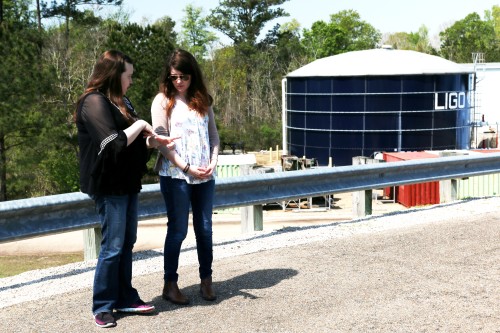
Living LIGO: LIGO’s Amber Stuver (left), our host for the day, explains the layout of LIGO to Sarah Tesh. (Courtesy: Tushna Commissariat)

Young and curious: a group of school girls from a nearby academy also visiting LIGO. (Courtesy: Tushna Commissariat)
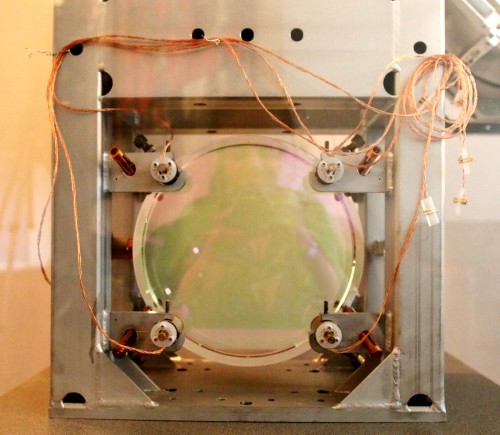
Science selfie: an example of the silica mirrors within the interferometer. (Courtesy: Tushna Commissariat)
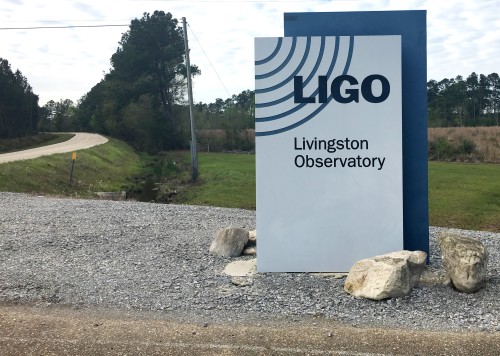
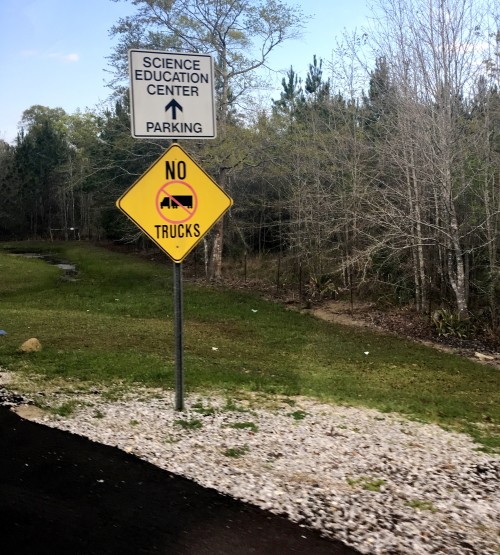

Guidelines
Show/hide formatting guidelines
this text was deletedwhere people live in harmony with nature and animals</q>
Some text